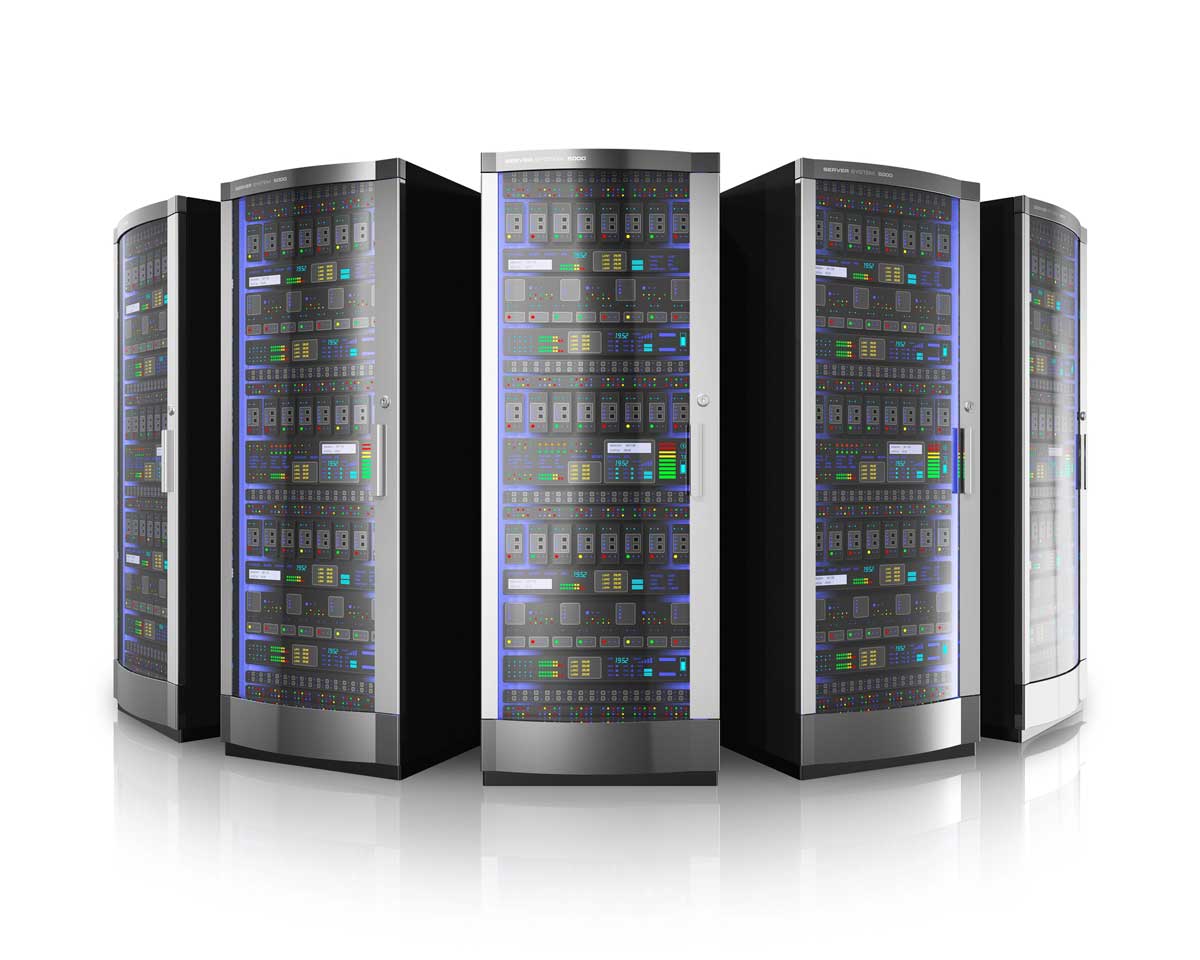A solid backup and disaster recovery (DR) plan is critical to the health and business continuity of your organization. In the event of a catastrophic disaster or data compromise, having a solid DR plan can do wonders to calm the nerves of stakeholders and management at the highest level.
Most organizations with a solid plan are likely managing their backups through a number of different tools available today. Some of the tools used by organizations currently allow for backup workloads to be moved to the cloud.
While on the surface, moving your backups to a secondary location would seem ideal for redundancy’s sake, is this the safest solution for your backups? This is a question that every organization will need to answer based on their circumstances. Certainly, with many government entities, the answer may be a resounding “No,” while other organizations in the private sector may see it as acceptable risk. The argument will boil down to the pros and cons involved in cloud backup and DR. So, what are they, and do the pros outweigh the cons?
The Pros of Cloud Backup and DR
- Secondary storage. One pro to be considered is that cloud backups provide a secondary or offsite location for your backups. Having all backups stored on-premises is not a best practice. If your data center experiences a disaster or massive power failure, you’ve just lost the ability to failover to a backup site. Cloud backup tools give you the peace of mind that your backups are duplicated at their site, which gives you redundancy and the option of business continuity in case of a primary site failure.
- 24x7 accessibility. Availability is key when realizing the need for access to a backup or data retrieval. The cloud provides accessibility of your data from just about anywhere and at any time, so data stored in the cloud becomes much more readily available to the end user. If it’s an organizational set of data, it can be retrieved by any endpoint connected to the Internet anywhere, and at any time.
- Maintenance burden. When data and backups are stored in the cloud, the burden of many different aspects of on-premises management rests on the shoulders of the cloud provider. With an on-premises infrastructure, the responsibility to perform hardware upgrades, software upgrades and the inherent costs of this type of maintenance can be time consuming and costly. Storing backups and data in the cloud offloads the responsibility to the provider.
- Trusting your backup and DR workloads not only shifts the burden of maintenance, but it also provides flexibility in terms of scale out. With an on-premises infrastructure, when space begins to run out for backups, it’s necessary to procure more space in the way of extra disks, disk shelves, more staffing, power, space, and cooling. Cloud hosting backups provides scale on demand. If and when backup workloads approach capacity, the option to expand that capacity is usually just a click away. Having the flexibility to scale on demand and with ease lessens the stress, approval workflow, man hours, and time required to procure new hardware.
The Cons
- The first con to discuss would absolutely be security considerations. Anything that touches the Internet is at risk of compromise or theft. Unfortunately, this is part of the world we all live in today. With cloud backup and DR, a certain amount of risk needs to be accepted. Is there risk involved in storing backups and DR strictly on-premises? Yes, but there is far less risk in keeping everything on-premises than moving those workloads to the cloud. Although there is state-of-the-art security in place with cloud providers, even large organizations with big security budgets still seem to get hacked and have data compromised.
- There are significatn costs involved with cloud backup and DR, and it can get overwhelming. Most providers offer a pay-for-what-you-use model, which can lessen the blow, and allow for scale on demand. Other providers require certain tiers of service, which may offer more than your company needs at the time.
- Inherent with cloud backup and DR is a loss of visibility into the processes and behind-the-scenes administration that goes on with the data. Many cloud providers have proprietary management tools that are placed in front of mainstream management tools that would be found on-premises. The ability to go in and change settings or create new workloads can be impeded by the provider’s processes and help desk procedures.
It's No Con-test
Often, decisions that require a “pros vs. cons” analysis can end up with one case being just slightly stronger than another, providing less than the hoped-for clarity. However, with cloud backup and DR, the pros far outweigh the cons.
The future is in the cloud. Even though it’s not a new technology, and most of the world has been utilizing them for more than a decade now, cloud technologies and their security procedures continue to improve each year. Accessibility anywhere from any device has become more of an expectation than a desire.
As a result, there are many solution providers. In deciding on a cloud provider for your cloud backup/DR solution, ensure they meet your security requirements and that you feel comfortable moving your workload to their data center before jumping in head first.




















